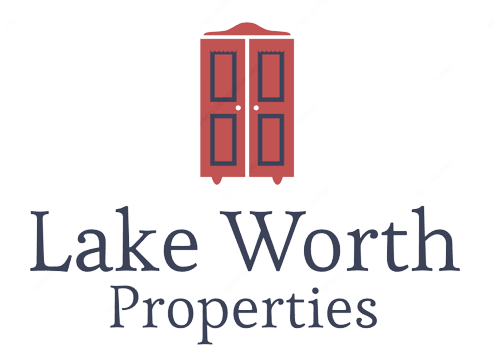
Tips for Finding Suitable Rental Properties and Negotiating Leases in South Florida
Welcome to the vibrant rental market of South Florida! Whether you’re a local resident or new to the area, finding a suitable rental property can be an exciting yet challenging endeavor. In this article, we will guide you through the process of searching for rental properties, assessing their suitability, and negotiating lease agreements. By following these tips, you can navigate the South Florida rental market with confidence and secure a rental property that meets your needs.
Understanding the South Florida Rental Market
The South Florida rental market is known for its diversity, offering a wide range of housing options to cater to different lifestyles and budgets. To make the most informed decisions during your rental search, it’s crucial to understand the dynamics of the market. Here are some key considerations:
Rental Market Trends
Explore the current trends in the South Florida rental market, including average rental prices, vacancy rates, and popular neighborhoods. This information will provide valuable insights into the market landscape and help you set realistic expectations.
Local Regulations and Tenant Rights
Familiarize yourself with the local rental regulations and tenant rights in South Florida. Understanding your rights and responsibilities as a tenant will ensure a smooth rental experience and protect you from any potential issues.
Tips for Finding Suitable Rental Properties
Online Rental Platforms and Websites
Utilize online rental platforms and websites that specialize in listing rental properties in South Florida. Popular platforms such as Zillow, Apartments.com, and Rent.com offer a wide selection of rental listings, complete with detailed descriptions, photos, and filters to narrow down your search.
Tap into Your Network
Harness the power of your social circle, local communities, and online networks to discover potential rental opportunities. Friends, colleagues, and community groups may have leads or recommendations that are not widely advertised.
Local Classifieds and Bulletin Boards
Check out local newspapers, classified ads, and community bulletin boards, both online and offline. These platforms sometimes feature rental listings that may not be available elsewhere.
Off-Market Opportunities
Don’t limit your search to only advertised properties. Some rental units may not be actively marketed but are still available for rent. Reach out directly to property owners, landlords, or property management companies to inquire about unlisted or upcoming vacancies.
Assessing Rental Properties
Once you’ve identified potential rental properties, it’s essential to assess them carefully to ensure they meet your requirements.
Physical Inspection and Evaluation

Arrange property viewings and inspections to get a firsthand look at the rental units. During the inspection, consider factors such as the condition of the property, amenities and facilities offered, and the proximity to essential services.
Reviewing Lease Agreements and Negotiating Terms
Before committing to a rental property, review the lease agreement thoroughly. Pay close attention to the rent price, lease duration, and your rights and responsibilities as a tenant. If necessary, negotiate the terms with the landlord to ensure they align with your needs.
Securing a Rental and Finalizing the Lease
Once you’ve found the ideal rental property and negotiated favorable terms, it’s time to secure the rental and finalize the lease agreement.
Rental Application Process
Be prepared to provide proof of income, identification documents, and references when applying for a rental property. These documents will help demonstrate your suitability as a tenant.
Signing the Lease Agreement
Before signing the lease agreement, carefully read through all the terms and conditions. Seek clarification if needed, and once satisfied, sign the agreement and keep a copy for your records.
Moving In and Settling Into Your Rental
Congratulations on securing your new rental property in South Florida! To ensure a smooth transition, consider the following steps:
Preparing for the Move
Set up utilities, such as electricity, water, gas, and internet services, before moving in. Additionally, consider obtaining renter’s insurance to protect your belongings and update your address with relevant parties.
Inspecting the Property and Documenting its Condition
Conduct a thorough inspection of the rental property upon moving in. Document any existing damages or issues and notify the landlord or property manager to avoid disputes later.
Familiarizing Yourself with Rules and Community Guidelines
Take the time to understand and abide by any rules, regulations, or community guidelines applicable to your rental property. This will help ensure a harmonious living environment.
Conclusion
Searching for a suitable rental property and negotiating lease terms in the South Florida rental market may seem daunting, but armed with the right knowledge and strategies, you can navigate the process with confidence. By understanding the rental market, utilizing various search methods, assessing properties diligently, and negotiating favorable lease terms, you increase your chances of finding a rental property that suits your needs. Remember to familiarize yourself with local regulations, rights, and responsibilities, and conduct thorough inspections before signing any lease agreements. With these tips in mind, you’re well-equipped to embark on your search for the perfect rental property in South Florida. Best of luck!
